Red light, green light: Studies conflict concerning Lake Mead’s future
SCOTTSDALE, Arizona — Or perhaps a yellow light. As the sun rises over Lake Mead, a new study suggests that the water body may not dry up as soon as a February study projected. Scientists from the University of Colorado just came out with research that gives the lake a five percent chance of disappearing by 2012 — the date given by the initial Scripps Institution of Oceangraphy report.
The Scripps report predicted a 50 percent possibility of desiccation from human-induced climate change, shocking colleagues and readers. The new research, while encouraging, is anything but a sigh of relief. Co-author of the recent results Bradley Udall — who serves as director of the University of Colorado Western Water Assessment — told the Las Vegas Review-Journal, “The risk is not zero and it’s not even at 1 percent or 2 percent, and that should give people some pause. Even a 5 percent chance of a dry reservoir in any one year, it’s significant.”
Lake Mead is one of the country’s most significant reservoirs. It provides water for millions across the West. The lake is now operating at half its capacity. “The main factor is we’re taking more water out of the system than Mother Nature is putting in. And as long as that’s true, you can tell what’s going to happen,” said Tim Barnett, Scripps researcher and study co-author.
View a Circle of Blue interview with Tim Barnett here.
Read more about the study here.
Source: Las Vegas Review-Journal

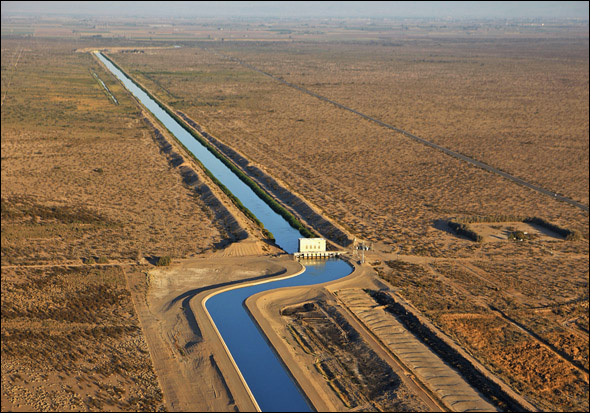
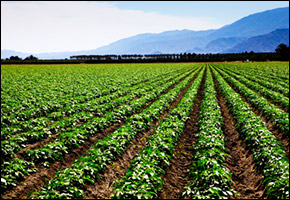
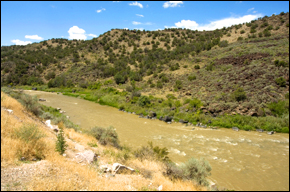
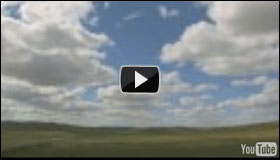
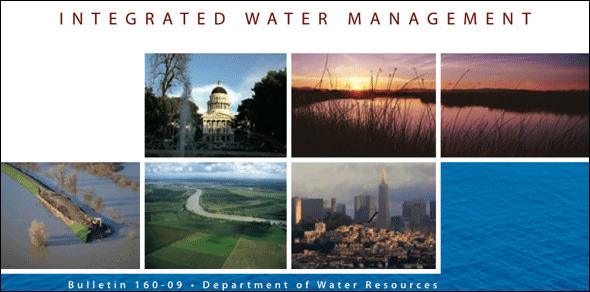


Leave a Reply
Want to join the discussion?Feel free to contribute!